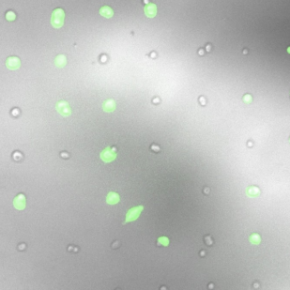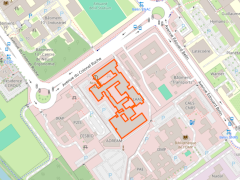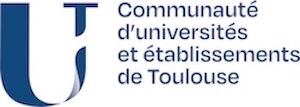Artificial intelligence: how can we distinguish cancer cells from healthy cells?
The ELIA team, in association with a team from the Restore laboratory, classified hundreds of cells using biomechanical measurements and machine learning. The results have been published in ACS Applied Materials and Interfaces.

Étienne Dague and the ELIA team at LAAS-CNRS, in partnership with the mechanobiology unit of the Restore laboratory (CNRS/Établissement français du sang/Inserm/Université Toulouse Paul Sabatier), have designed an automated system for biomechanical measurements using AFM (atomic force microscopy). These can distinguish cancerous cells from normal cells, and the results could be used for diagnosis, provided that AFM technology can operate at high throughput.
Biomechanical measurements are then carried out automatically on a microstructured chip, using control software that moves the AFM from one cell to another.
In order to standardise the measurements, parameters such as the distribution of cells on the chip, the geometry of the AFM probe and the speed of movement were optimised and fixed. With this device, the ELIA team was able to measure nearly a thousand cells in two hours, whereas with a standard AFM it takes a whole day to measure just a few dozen cells.
Read the full article on the CNRS Ingénierie website.
published on 20.12.24












